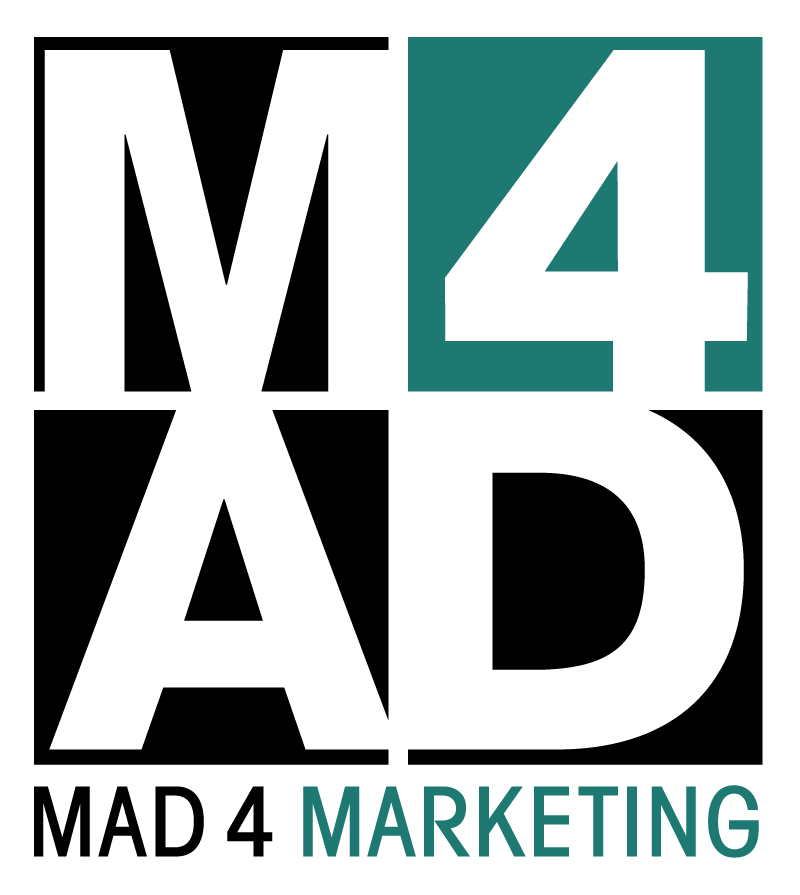On the heels of this article, which explains how Hulu.com uses surveys to gauge an audience’s opinion on ads, comes a recent story out of Australia. The down under nation’s Advertising Standards Bureau (ASB) is dealing with less-than-positive feedback on its published content. But not only is this feedback negative, it’s also out of left field. Naturally, when you ask for your audience’s opinion, you have to take what you get. And as every suggestion-box-key-holder knows, every informed and constructive comment comes with a dreary downside: the throngs of merciless, inapplicable complaints.
Surveying is one of the most useful tools for marketers, and having eyes and ears in the field is invaluable. How else to accurately and objectively measure how well your work is doing? But when you solicit for comments, it means taking the good with the bad (and having the wisdom to know the difference). Someone has to read them, and someone has to sort them, but is there any easy way to whittle down the winners from the whiners?
As outlined by the Sydney Morning Herald, examples of useless reports included:
– A dancing child as being too perverse.
– A child eating an ice cream cone as being sexualized.
– A rude redhead as being vilified for her coloring.
– An errant wool ball as promoting violence against Victorians.
Tactfully, the ASB states that the real problem comes down to allocation of resources, stating that time and money can’t be spent addressing irresolvable issues. Marketing survey site Mumbrella, which analyzed a sample of received complaints earlier this year, was far less restrained, calling the task a matter of dealing with “idiots” and “single-issue zealots.” Many of the criticisms led the agency to believe that complainers might even be reporting out of spite for a particular brand or product, rather than actually taking issue with the commercial itself. However, due to quality control regulations currently in place, even one raised issue warrants an investigation by the ASB. And the number of incoming complaints has more than doubled in the past half-decade alone.
Even if a significant percentage of feedback is coming from “the nutty fringes of society,” according to the ASB, how can the bureau separate the wheat from the chaff? A system of standards is being implemented that takes into account a new set of clauses dictating what is and isn’t nationally pre-approved. For example, dogs on a leash are not examples of animal abuse. While it may seem painstaking to parse out the more minute depictions of questionable behaviors, these guidelines are expected to make it that much easier to quickly sort and reduce complaints so that only the most practical are left to consider.
Chief Executive Fiona Jolly of the Advertising Standards Bureau informs that an estimated 10-30% of incoming complaints would be filtered out by this system. The percentage of previously discarded pre-filter complaints is unknown, but at least will be markedly reduced—making it that much easier to focus on the comments that can actually be used to approve quality advertising content that appeals to most audiences.
